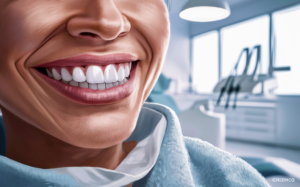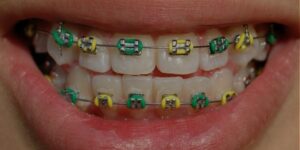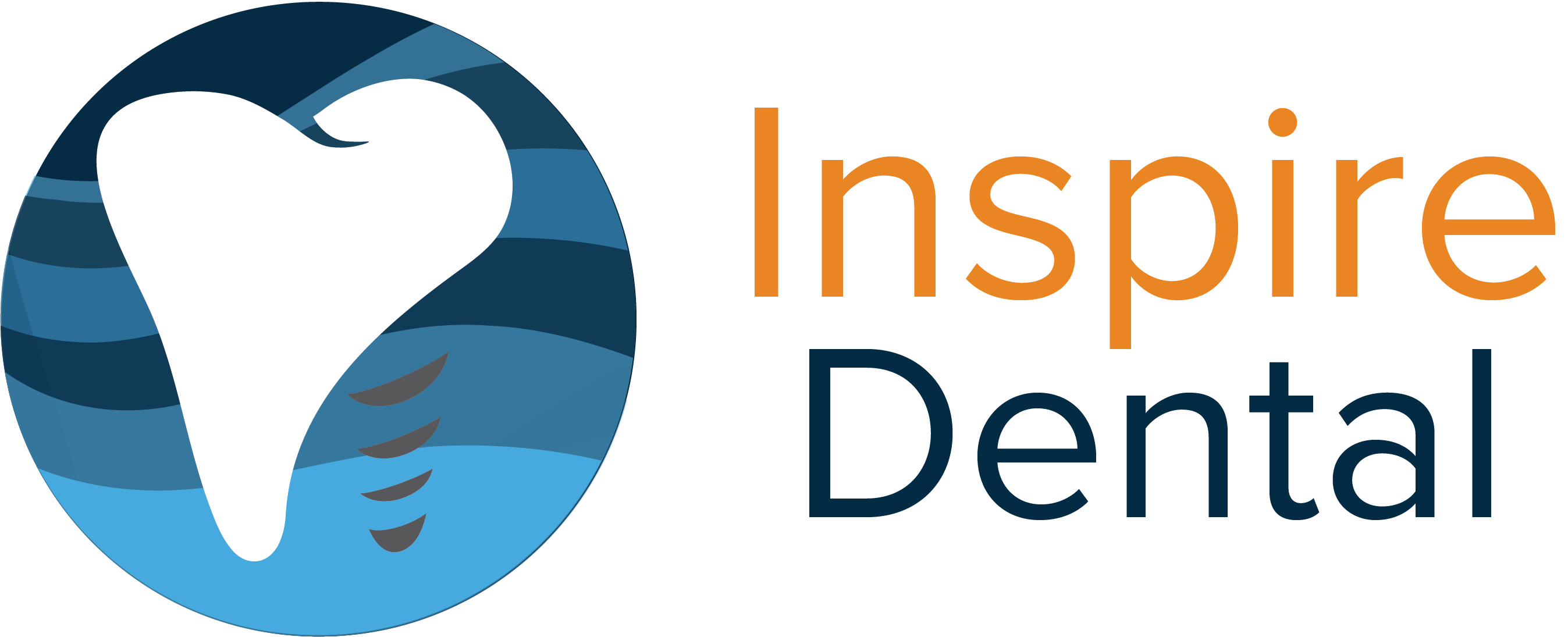Traditional braces are an effective orthodontic treatment used to straighten teeth and correct bite issues. This guide will give you an in-depth understanding of how traditional braces work, what to expect during treatment, and tips for maintaining them.
Key Takeaway:
- Traditional braces are reliable for straightening teeth and correcting bites.
- They consist of brackets, wires, and bands.
- Treatment duration varies but typically lasts from 18 months to 3 years.
- Regular dental visits are crucial for adjustments.
- Proper care minimizes discomfort and maintains oral health.
How Traditional Braces Work

Traditional braces use a combination of brackets, wires, and elastic bands to apply consistent pressure on teeth, gradually moving them into the desired position. The brackets are bonded to the front of each tooth and linked by an archwire, which is periodically tightened by your orthodontist.
Components of Traditional Braces
Understanding the parts of traditional braces helps in grasping how they function:
| Component | Description |
|---|---|
| Brackets | Small squares bonded to the front of each tooth |
| Archwire | A thin metal wire connecting the brackets |
| Elastic Bands | Small rubber bands used to apply additional pressure and correct the bite |
| Metal Bands | Rings placed around molars to anchor the braces system |
Treatment Timeline
The duration of wearing braces varies based on the complexity of your dental issues. Generally, treatment can last from 18 months to 3 years. Your orthodontist will provide a more specific timeline during your consultation.
Initial Consultation and Fitting

Your first visit will involve a comprehensive exam, including X-rays, photos, and impressions of your teeth. This helps in creating a customized treatment plan. During the fitting, brackets are attached to your teeth, and the archwire is placed through the brackets and secured with elastic bands.
Adjustments and Follow-Up Appointments
Regular follow-up appointments are essential. Typically scheduled every 4-6 weeks, these visits allow your orthodontist to adjust the archwire and ensure your teeth are moving as planned. Missed appointments can extend treatment time.
Common Experiences During Treatment
Initial Discomfort
It’s normal to experience discomfort or soreness for a few days after getting your braces and after adjustments. Over-the-counter pain relievers and orthodontic wax for sharp edges can help manage this.
Dietary Adjustments
Certain foods can damage your braces or are difficult to clean out from brackets and wires. Here’s a list of what to avoid:
- Hard foods (nuts, popcorn)
- Sticky foods (caramel, gum)
- Crunchy foods (raw vegetables, hard fruits)
Oral Hygiene Practices
Maintaining good oral hygiene is critical with braces. Brushing after every meal and flossing daily helps prevent cavities and gum disease. Special tools like interdental brushes and floss threaders can make cleaning easier.
Advantages and Disadvantages

Advantages
- Effective Results: Traditional braces are highly effective for severe misalignment.
- Durability: Made of strong materials that can withstand the pressure of moving teeth.
- Cost-Effective: Generally more affordable compared to other orthodontic options like Invisalign.
Disadvantages
- Aesthetic Concerns: Visible metal can affect appearance.
- Comfort Issues: Can cause discomfort, especially after adjustments.
- Dietary Restrictions: Certain foods need to be avoided to prevent damage.
Life with Braces: Tips for a Smooth Experience
To make your time with braces easier, consider the following tips:
- Use Orthodontic Wax: Apply wax to any part of the braces that irritates.
- Stay Hydrated: Drinking plenty of water helps keep your mouth clean.
- Carry a Braces Care Kit: Include a toothbrush, toothpaste, floss, and wax for on-the-go care.
Impact on Daily Life
While traditional braces might require some lifestyle adjustments, they don’t have to disrupt your daily routine. Most people adapt within a few weeks.
Types of Traditional Braces
There are different types of traditional braces, and your orthodontist will recommend the best one for your needs. Here’s a quick overview:
| Type of Braces | Description |
|---|---|
| Metal Braces | Most common; made of high-grade stainless steel |
| Ceramic Braces | Similar to metal braces but less visible |
| Self-Ligating Braces | Use clips instead of elastic bands |
Cost and Payment Options
The cost of traditional braces can vary based on the complexity of treatment and location. On average, the cost ranges from $3,000 to $7,000. Many orthodontic offices offer payment plans to make treatment more affordable.
Real-Life Experiences
Hearing about others’ experiences can provide valuable insights. Many people report that while the initial period requires adjustment, the results are worth the effort. Improved self-esteem and a healthier smile are common outcomes.
Frequently Asked Questions
To further assist you, here are answers to some common questions:
- Do braces hurt?
- Some discomfort is normal, especially after adjustments, but it’s manageable.
- How often do I need to visit the orthodontist?
- Typically every 4-6 weeks for adjustments.
- Can adults get braces?
- Absolutely! Many adults successfully wear braces.
Key Takeaway
- Traditional braces are reliable for straightening teeth and correcting bites.
- They consist of brackets, wires, and bands.
- Treatment duration varies but typically lasts from 18 months to 3 years.
- Regular dental visits are crucial for adjustments.
- Proper care minimizes discomfort and maintains oral health.
Conclusion
Traditional braces are a tried-and-true method for achieving a straight, healthy smile. With proper care and regular check-ups, they can effectively correct a variety of dental issues. If you’re considering braces, schedule a consultation with Inspire Dental to discuss your specific needs and get started on your journey to a better smile.
For more information or to make an appointment, contact us at 641-575-0600 or visit our website at https://ottumwadentist.com/. We are here to help you achieve your best smile!
